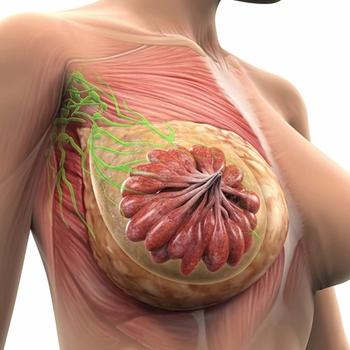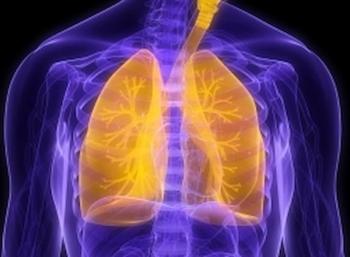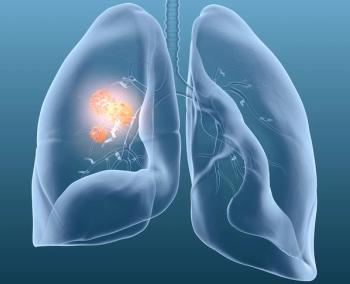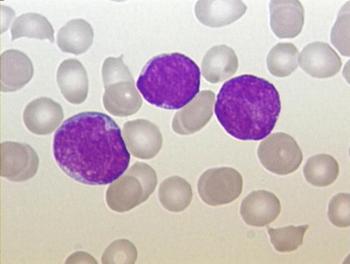
Multidisciplinary Team Is ‘Critical’ in Providing CAR T Therapy for Blood Cancers
Treatment with CAR T cells may allow patients with hematologic malignancies to recover more quickly compared with a transplant, says Andre Goy, MD.
During the
Goy, the physician in chief of Hackensack Meridian Health Oncology Care Transformation Service and the chief physician officer of John Theurer Cancer Center at Hackensack University Medical Center, emphasized that use of CAR T therapy for hematologic malignancies is a collaborative effort that taps into the expertise of pathologists, immunologists, specialized oncologists, and others at his practice. Additionally, he noted that treatment with CAR T cells appears to be a “durable” option capable of yielding cure in a notable portion of patients.
Transcript:
It’s very important to have a platform that uses cell therapy. [Using] cell therapy and CAR T everywhere is probably not a good thing to do. Although we have learned how to live with CAR T; we don’t see as much toxicity, we’re preemptive about it, and we manage patients much better, but it still needs to be [given] in [the right] context. I used to do bone marrow transplant, particularly allogeneic transplant, and the complication can be spectacular in some ways, but they’re easily manageable if you do this early on.
Having people on board from the ID platform, pathology, and imaging; the immunologist; the sub-specialized oncologist; and the ICU team are very critical because this is really something that we [need to] work together on. But the advantage is that, even from the perspective of the community, if a patient ever has relapsed lymphoma, you want longer mileage for your patient. If they come to [receive CAR T-cell therapy], it’s a one-and-done treatment. They go back to the community and actually recover faster than from a transplant. They can be monitored later on in a committee.
Cytopenias are easily manageable because they are immune cytopenias. Supportive care is usually not an issue if their relapse is different; it can be managed by the committee with a one-and-done therapy, and that’s the beauty of T-cell engaging therapy. If it works, T cell-engaging therapy works, from melanoma to other tumors, CAR T is actually quite durable, and I do believe that a significant proportion of these patients are cured.
Newsletter
Stay up to date on recent advances in the multidisciplinary approach to cancer.

















































































